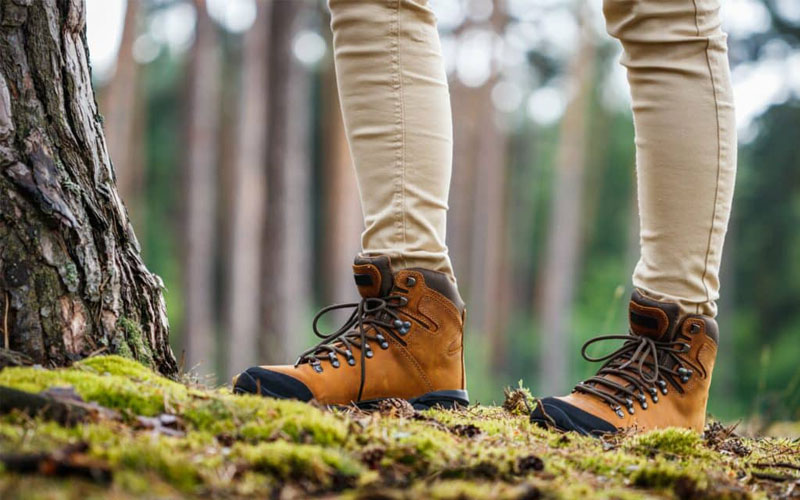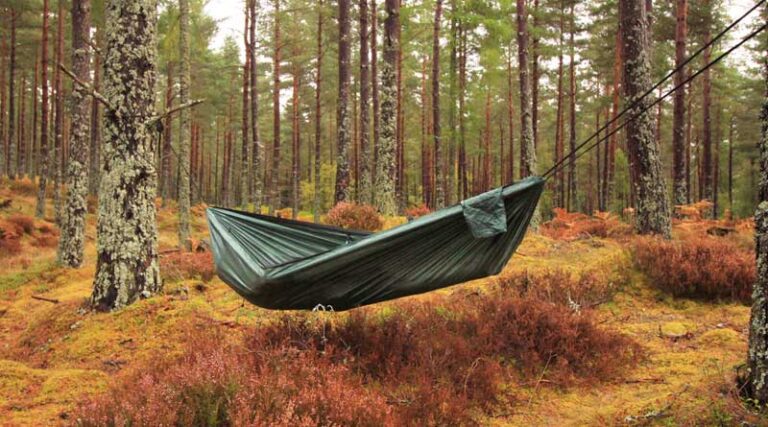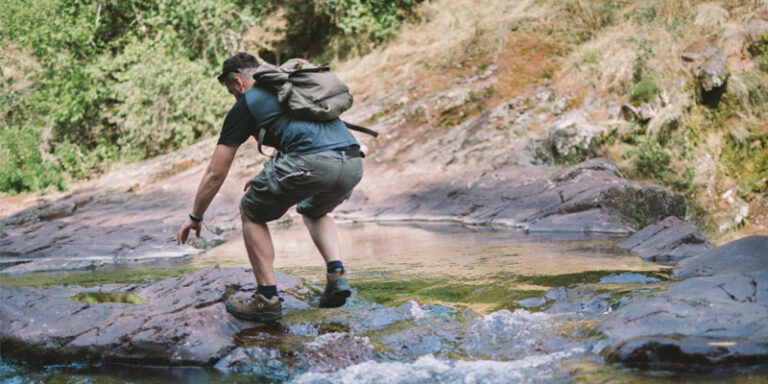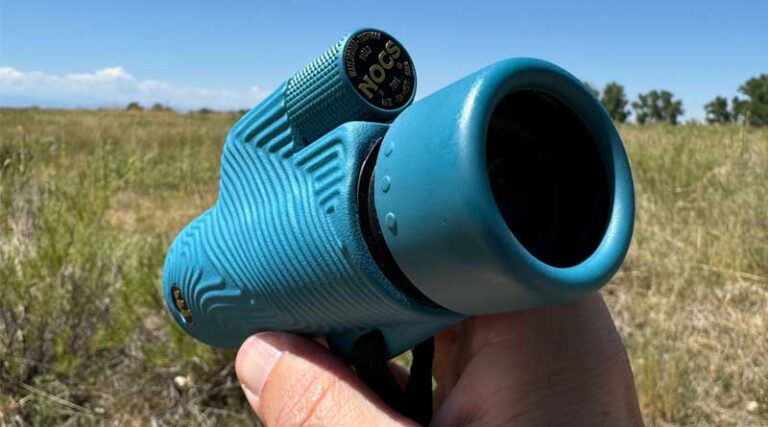Finding the right hiking boots can be tricky. Many boots feel too loose, causing blisters and discomfort. A snug fit is important for support and stability on trails. Some brands make boots designed for slim feet, while others offer narrow sizes. The right pair should keep your feet secure without pinching. Comfort, durability, and waterproofing also matter for long hikes. In this guide, we list the best hiking boots for narrow feet. We compare features, fit, and performance to help you choose. Whether you need lightweight boots or extra ankle support, we’ve got you covered. Let’s find the perfect fit for your next adventure!
1. La Sportiva Ultra Raptor II Mid Leather GTX

- Upper: Nubuck leather with Gore-Tex Extended Comfort
- Midsole: MEMlex EVA for cushioning
- Outsole: FriXion XF 2.0 with Impact Brake System
- Weight: Approx. 485g per boot (Men’s size 42)
The La Sportiva Ultra Raptor II Mid Leather GTX is a lightweight yet durable hiking boot designed for fast hikers who need agility without compromising stability. The combination of nubuck leather and Gore-Tex Extended Comfort ensures excellent waterproofing and breathability, keeping feet dry in varying conditions. The FriXion XF 2.0 outsole with the Impact Brake System delivers solid traction on technical terrain, making it suitable for rugged trails and uneven ground.
Despite its mid-height build, the Ultra Raptor II provides surprising ankle support, making it a great choice for those who prefer a trail-runner-like feel with added protection. The MEMlex EVA midsole enhances comfort for long treks, though it may lack the rigidity required for carrying heavy loads. Overall, this boot is ideal for hikers seeking a lightweight, high-performance option for fast-paced adventures.
Pros:
- Lightweight and agile
- Excellent grip on various terrains
- Waterproof and breathable
- Comfortable cushioning for long hikes
Cons:
- Less supportive for heavy backpacking
- May not be as durable as heavier leather boots
See the La Sportiva Ultra Raptor II See the Women’s Ultra Raptor II
2. Zamberlan 320 Trail Lite EVO GTX

- Upper: Full-grain leather
- Midsole: EVA wedge for cushioning
- Outsole: Vibram Grivola for enhanced grip
- Weight: Approx. 640g per boot (Men’s size 42)
The Zamberlan 320 Trail Lite EVO GTX is a well-crafted hiking boot that blends classic full-grain leather construction with modern waterproofing technology. The premium leather upper, combined with Gore-Tex lining, offers excellent durability and protection against wet conditions. Its Vibram Grivola outsole ensures superior traction on a variety of terrains, making it a reliable choice for long-distance hikes.
One of the standout features is the boot’s outstanding craftsmanship, with a sleek and minimal design that requires little break-in time. The fit is snug yet comfortable, and the EVA wedge midsole provides sufficient cushioning for extended wear. However, the boot is not as lightweight as synthetic alternatives, and some hikers might find it too stiff for casual trails. It’s best suited for those who prioritize longevity and support over ultralight performance.
Pros:
- Durable full-grain leather construction
- Excellent waterproofing and breathability
- Reliable traction on rocky terrain
- Minimal break-in period
Cons:
- Slightly heavy compared to synthetic boots
- Not ideal for ultralight backpacking
See the Zamberlan 320 Trail Lite EVO See the Women’s 320 Trail Lite EVO
3. La Sportiva Nucleo High II GTX

- Upper: Nubuck leather with Nano-Cell technology
- Midsole: Compression-molded EVA
- Outsole: Vibram Nano XS-Trek
- Weight: Approx. 505g per boot (Men’s size 42)
The La Sportiva Nucleo High II GTX is a high-performance hiking boot designed to blend lightweight agility with robust waterproofing. The combination of nubuck leather and Nano-Cell technology enhances breathability while keeping feet dry in wet conditions. The Vibram Nano XS-Trek outsole offers excellent grip, especially on rocky and muddy terrain, making it an ideal choice for technical hikes.
Comfort is another highlight of this boot, with a well-cushioned EVA midsole that absorbs shock effectively. The fit is snug, but the roomy toe box allows natural movement. While it excels in agility and comfort, the Nucleo High II may not provide as much ankle support for heavy backpacking. It’s perfect for hikers who want a balance between lightweight design and durability.
Pros:
- Lightweight yet supportive
- Excellent waterproofing and breathability
- High-traction outsole for technical terrain
- Comfortable for long hikes
Cons:
- Not ideal for carrying heavy loads
- May require a break-in period
See the La Sportiva Nucleo High II See the Women’s Nucleo High II
4. Asolo Fugitive GTX

- Upper: Suede leather and high-tenacity Cordura
- Midsole: Dual-density EVA
- Outsole: Asolo Syncro with Vibram Megagrip
- Weight: Approx. 690g per boot (Men’s size 42)
The Asolo Fugitive GTX is a rugged and durable hiking boot designed for demanding conditions. The combination of suede leather and Cordura provides a strong, protective upper that resists abrasions while maintaining flexibility. With a Gore-Tex membrane, the boot ensures reliable waterproofing and breathability, keeping feet dry in wet environments. The Vibram Megagrip outsole enhances traction, making it a dependable choice for rocky and steep terrain.
Although slightly heavier than synthetic boots, the Fugitive GTX offers exceptional support, making it suitable for multi-day backpacking trips with a moderate load. The dual-density EVA midsole provides good cushioning, but some users may find it slightly stiff at first. This boot is best for hikers who need extra durability and stability in challenging conditions.
Pros:
- Durable and abrasion-resistant materials
- Excellent waterproofing and breathability
- Superior traction on varied terrain
- Supportive for heavy backpacking
Cons:
- Slightly heavier than some alternatives
- Can feel stiff initially
5. Oboz Bridger Mid B-Dry

- Upper: Nubuck leather
- Midsole: Dual-density EVA with a TPU chassis
- Outsole: Granite Peak rubber with deep lugs
- Weight: Approx. 625g per boot (Men’s size 42)
The Oboz Bridger Mid B-Dry is a reliable, all-weather hiking boot that balances comfort, durability, and stability. Featuring a full nubuck leather upper, it offers excellent protection against the elements while maintaining flexibility. The B-Dry waterproof membrane does a solid job of keeping moisture out while allowing for some breathability. The Granite Peak outsole, with deep lugs, provides reliable grip on muddy, rocky, and dry surfaces alike.
One of the boot’s key advantages is its out-of-the-box comfort, thanks to a well-padded collar and Oboz’s signature O Fit insole. The dual-density EVA midsole and TPU chassis work together to provide good shock absorption and stability. However, at 625g per boot, it is not the lightest option, and some hikers might find the break-in period longer than expected. This boot is best for those looking for a rugged, comfortable, and versatile option for extended hikes.
Pros:
- Sturdy and durable construction
- Comfortable insole with good arch support
- Reliable waterproofing and traction
- Suitable for long-distance hikes
Cons:
- Heavier than some synthetic models
- May require a break-in period
See the Oboz Bridger See the Women’s Bridger
How to Choose Hiking Boots for Narrow Feet?

Finding the right hiking boots is important for comfort and safety. If you have narrow feet, it can be harder to get a good fit. Many boots are made for average or wide feet, which can lead to discomfort. Loose boots can cause blisters, instability, and foot pain. The right pair will keep your feet secure and comfortable on long hikes.
Understanding the Importance of Fit
Hiking boots should fit snugly without being too tight. A loose fit can cause your foot to slide, leading to friction. This friction creates hot spots and blisters, making your hike painful. A secure fit helps maintain stability, reducing the risk of ankle injuries. Your heel should stay in place without lifting when you walk. The front of the boot should have enough space for your toes to move.
Choosing the Right Boot Shape
Boot shape varies by brand and model. Some brands make boots with a narrower fit, which is helpful for slim feet. Look for brands that offer slim or narrow sizing. Avoid boots that feel too wide, even if they are the right length. Trying different brands will help you find one that matches your foot shape. Some boots have laces that can tighten the fit, but they may not always be enough.
The Role of Lacing Systems
A good lacing system can improve the fit of a boot. Some boots have special lacing designs that help tighten the midfoot. Heel-lock lacing techniques can keep your heel in place, preventing it from lifting. Thicker laces can also help hold the foot better than thin, round laces. Experimenting with different lacing methods can improve comfort and reduce movement inside the boot.
Material and Flexibility
The material of the boot affects how it fits and feels. Leather boots tend to mold to the shape of your foot over time. Synthetic boots are often lighter and more flexible, but they may not provide as much support. A stiff boot can help with stability on rough terrain. However, if a boot is too stiff, it can cause discomfort. Choosing the right balance between support and flexibility is important.
Finding the Right Arch Support
People with narrow feet often have high arches. Boots with proper arch support can prevent foot fatigue. If the insole does not provide enough support, consider using aftermarket insoles. Insoles designed for high arches can help distribute weight evenly and improve comfort. They also help reduce pressure points, which can lead to pain during long hikes.
Checking for Heel and Ankle Support
A narrow heel needs extra support to prevent slipping. Boots with a snug heel cup help keep the foot in place. Ankle support is also important, especially for hiking on uneven terrain. High-cut boots provide better ankle stability but can feel restrictive. Mid-cut boots offer a balance between mobility and support. Choosing the right height depends on your hiking style and preference.
Weight and Comfort
Heavy boots can make hiking more tiring. Lightweight boots reduce strain and allow for a more comfortable experience. However, lightweight boots may not provide as much support as heavier ones. Finding a balance between weight and durability is key. If you plan on carrying a heavy backpack, consider boots with extra support.
Waterproofing and Breathability
Waterproof boots keep your feet dry in wet conditions. However, they can also trap heat, making your feet sweat. Breathable boots allow moisture to escape, keeping your feet cool. If you hike in wet conditions often, waterproof boots are a good choice. If you hike in hot weather, breathable boots may be better. Some boots offer a mix of both features, providing protection without overheating.
Trying Boots Before Buying
Trying boots in person is the best way to ensure a good fit. Wear the socks you plan to hike in when trying boots. Walk around the store to see how they feel. Check if your heel stays in place and if your toes have enough room. If buying online, check the return policy in case the fit is not right.
Breaking in Your Boots
Even the best boots need to be broken in before a long hike. Wear them around the house or on short walks. This helps the material soften and mold to your feet. Gradually increase the time you wear them before taking them on a long trek. Skipping this step can lead to discomfort and blisters.
Replacing Worn-Out Boots
Hiking boots do not last forever. Over time, they lose their support and cushioning. Worn-out boots can cause discomfort and increase the risk of injury. If you notice the soles wearing down or the support decreasing, it may be time for a new pair. Checking your boots regularly can help prevent problems before they start.
Conclusion
Finding the right hiking boots for narrow feet takes time and patience. A good fit will provide comfort, stability, and protection. Choosing the right shape, support, and materials will improve your hiking experience. Taking the time to break in your boots will also help prevent discomfort. With the right pair, you can enjoy your hikes without worrying about sore feet.



